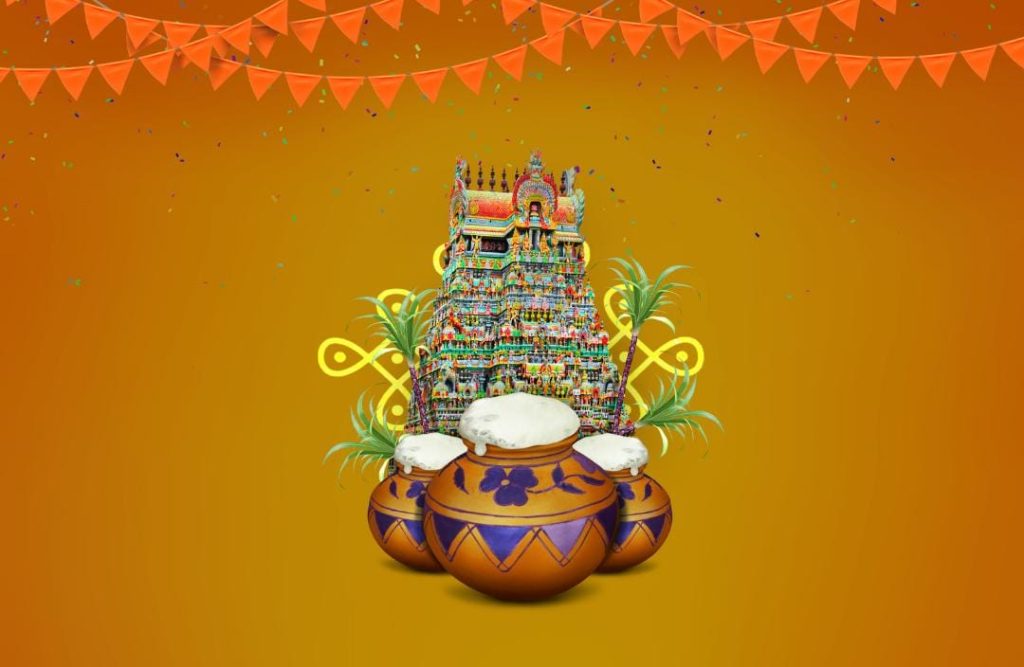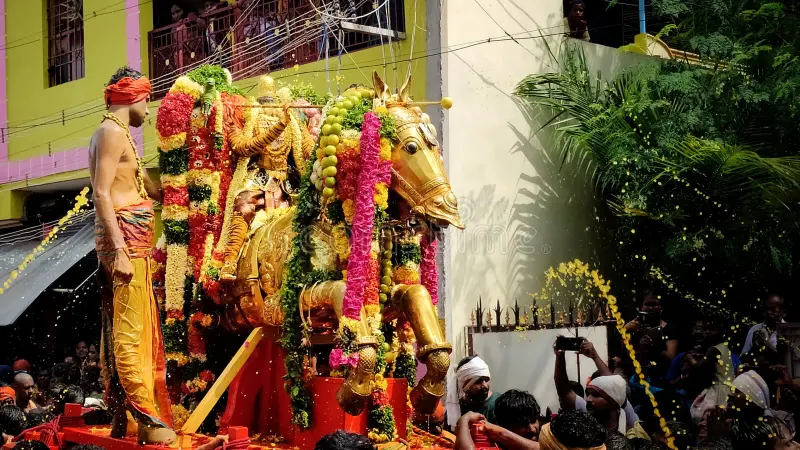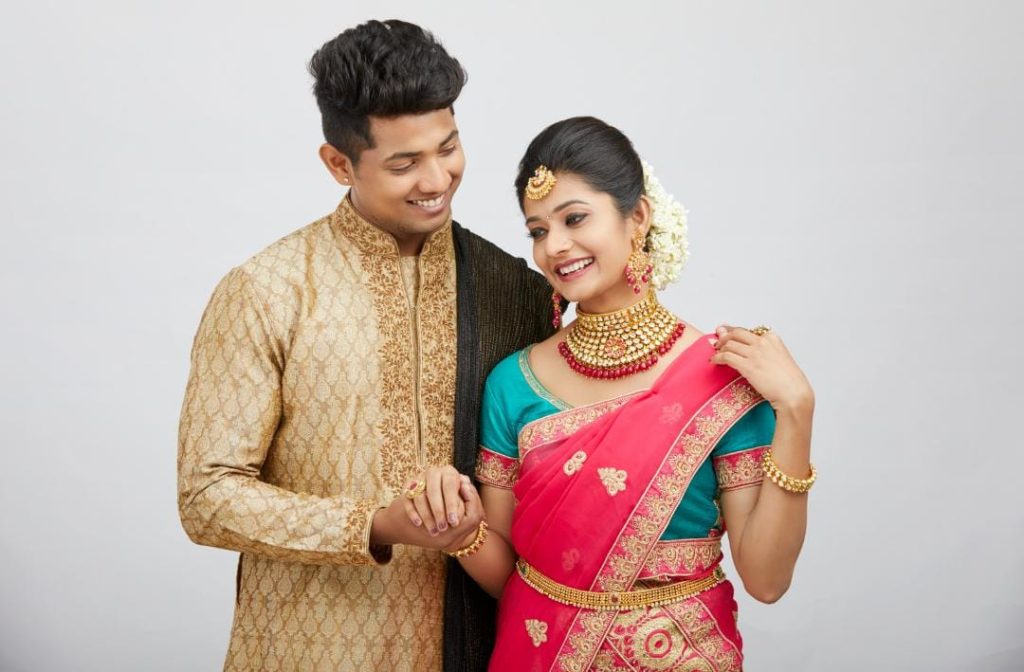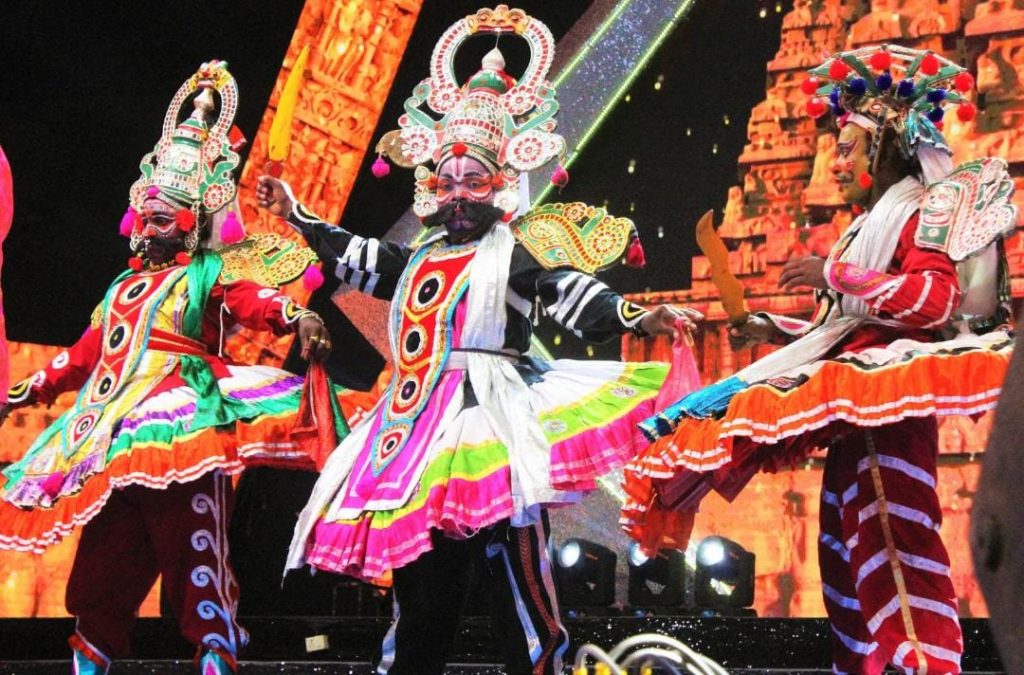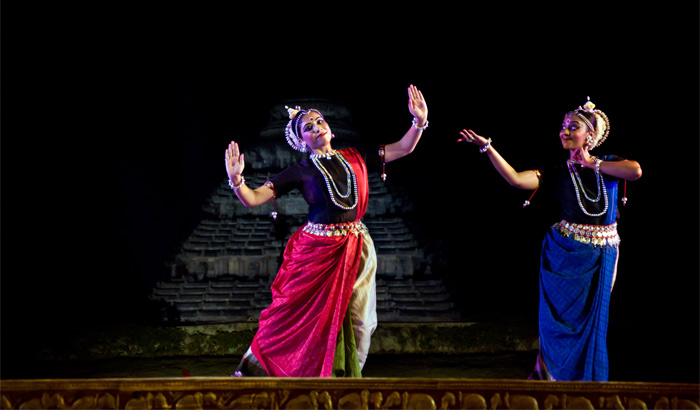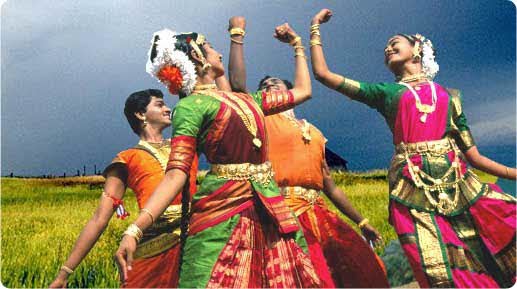Ooty or Kodaikanal? Which Place To Visit In 2023?
Are you planning a trip to the hills in 2023? Do you want to escape the heat and enjoy the cool breeze and scenic views? If yes, you might wonder which destination to choose: Ooty or Kodaikanal. Both are popular hill stations in TamilNadu, India, but they have their charm and appeal.
In this article, we will compare Ooty and Kodaikanal on various aspects such as location, commute, things to do, average spending and key attractions. By the end of this article, you will have a clear idea of what suits your preferences and budget the best. So let’s get started!
Ooty or Kodaikanal: Location
Ooty is located in the Nilgiri Hills of Tamil Nadu, while Kodaikanal is in the Palani Hills of the same state. Ooty is about 270 km from Bangalore and 85 km from Coimbatore, while Kodaikanal is about 465 km from Bangalore and 170 km from Coimbatore.
Commute & Reach
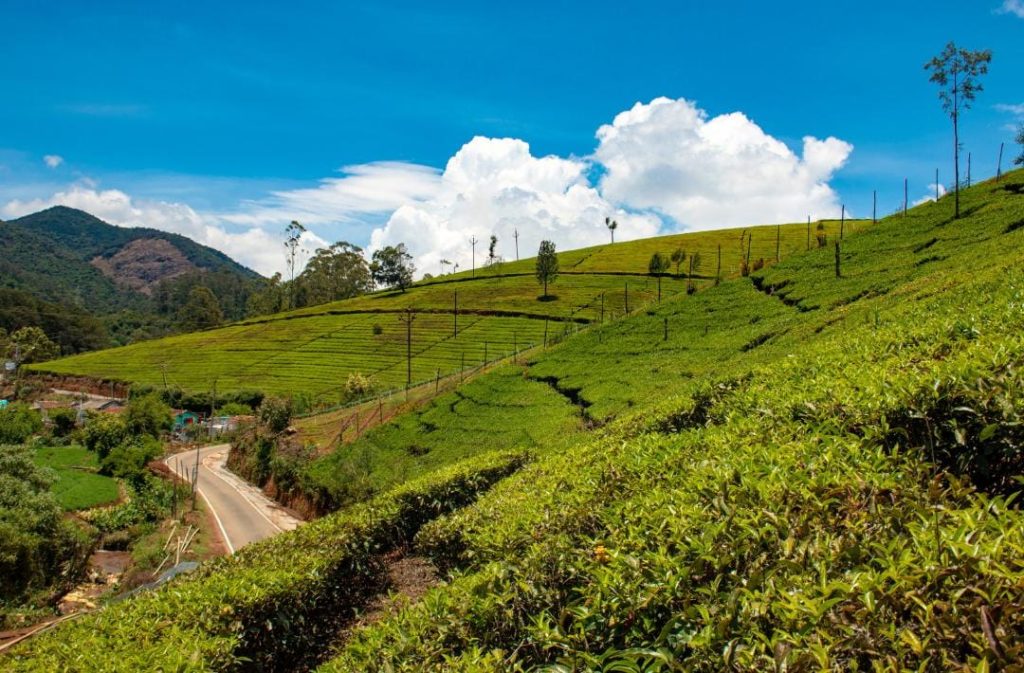
One of the factors to consider while planning a trip is how easy or difficult it is to reach your destination. Ooty and Kodaikanal are both well-connected by road, rail and air. However, there are differences in the distance and time required to travel to each place.
- Ooty is about 270 km from Bangalore and 90 km from Coimbatore. You can take a bus, cab or train to reach Ooty from these cities. The nearest airport is Coimbatore International Airport, which has flights from major Indian cities and some international destinations. You can take a cab or bus from the airport. The journey takes about 3 hours by road and 5 hours by train.
- Kodaikanal is about 465 km from Bangalore and 170 km from Coimbatore. You can take a bus, cab or train to reach Kodaikanal from these cities. The nearest airport is Madurai International Airport, which has flights from major Indian cities and some international destinations. You can take a cab or a bus from the airport to Kodaikanal. The journey takes about 4 hours by road and 7 hours by train.
As you can see, Ooty is closer and more convenient to reach than Kodaikanal from Bangalore and Coimbatore. However, if you come from other parts of India or abroad, you might find more flight options to Madurai than to Coimbatore. In that case, Kodaikanal might be easier to reach in comparison.
Things To Do And Popular Places To Visit In Both Cities
Ooty and Kodaikanal are two of the most popular hill stations in South India. Both of them offer scenic views, pleasant weather and a variety of attractions for tourists. But how do they compare the things to do and places to visit? Let’s find out!
Things to do and popular places to visit in Ooty:
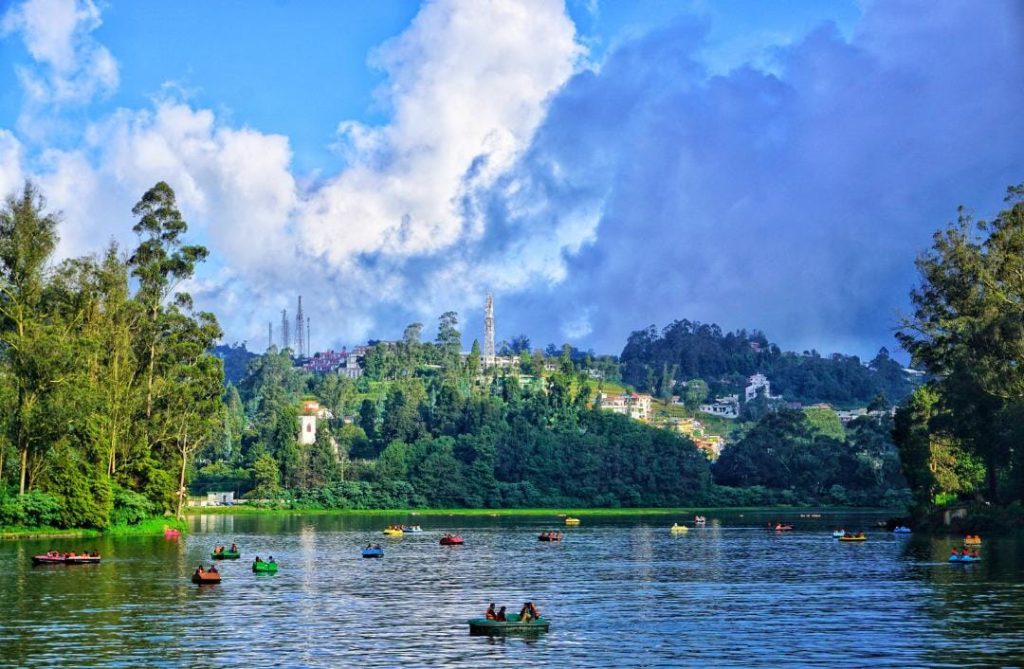
- Enjoy a ride on the Nilgiri Mountain Railway, a UNESCO World Heritage Site that runs through the hills and valleys of Ooty.
- Visit the Ooty Botanical Garden, a sprawling green space with over 650 species of plants and flowers.
- Explore Ooty Lake, an artificial lake where you can go boating, cycling or horse riding.
- Admire the Doddabetta Peak, the highest point in the Nilgiris, which offers panoramic views of the surrounding landscape.
- Experience the thrill of wildlife at the Mudumalai National Park, home to elephants, tigers, leopards and many other animals.
Things to do and popular places to visit in Kodaikanal:
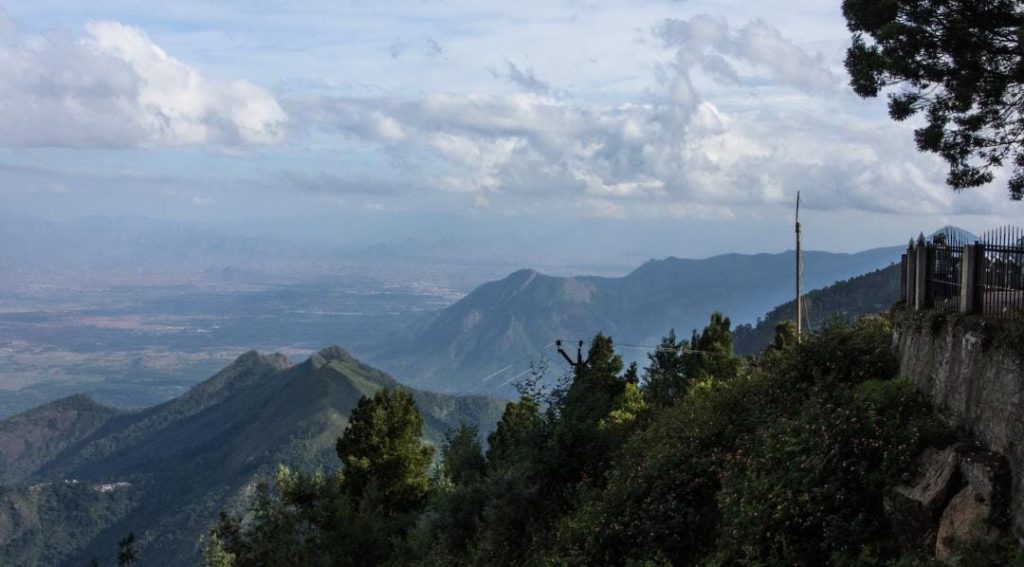
- Marvel at the beauty of the Kodaikanal Lake, a natural lake surrounded by hills and forests. You can also enjoy boating, fishing or cycling here.
- Visit the Coaker’s Walk, a paved walkway along the edge of a steep slope that offers stunning views of the valley below.
- Explore the Pillar Rocks, three massive rock formations that stand vertically and create a striking sight.
- Witness the splendor of the Silver Cascade Falls, a waterfall that gushes down from 180 feet.
- Indulge in some adventure at the Kodaikanal Adventure Park, where you can try activities like zip-lining, rappelling or rock climbing.
So which one is better for you? That depends on your preferences and interests. If you want a more laid-back and relaxing vacation, you might prefer Ooty. If you want more excitement and adventure, choose Kodaikanal. Either way, you will have a memorable time in these hill stations!
The Average Spend For Both Cities For Different Age Groups

- Travel cost: Ooty is closer to Coimbatore, which has an airport and a railway station than Kodaikanal is to Madurai, which also has an airport. Therefore, the travel cost to Ooty may be lower than to Kodaikanal, especially if you come from Chennai or other cities in Tamil Nadu. However, the difference may be insignificant if you come from other states or countries.
- Accommodation cost: Ooty has more options for accommodation than Kodaikanal, ranging from budget hotels to luxury resorts. However, it is also more crowded and expensive than Kodaikanal during peak seasons, such as summer and winter holidays. Therefore, the cost of accommodation may vary depending on the season and the type you choose. Generally, Kodaikanal may offer cheaper accommodation.
- Food cost: Ooty and Kodaikanal have plenty of restaurants and cafes serving local and continental cuisines. However, Ooty may have more variety and quality than Kodaikanal, as it is a bigger town with more tourists. Therefore, the food cost may be higher in Ooty than in Kodaikanal, especially if you are looking for fine dining or exotic dishes.
- Sightseeing cost: Both have many attractions that are worth visiting, such as lakes, gardens, waterfalls, viewpoints, temples, etc. However, some of these attractions may charge an entry or parking fee, which may add up to your sightseeing cost. Moreover, some of these attractions may require hiring a taxi or a guide, which may also increase your sightseeing cost. Generally, Ooty may have more attractions that charge a fee than Kodaikanal.
- Shopping cost: Both Ooty and Kodaikanal have local markets and shops that sell souvenirs, handicrafts, chocolates, spices, tea, etc. However, Ooty may have more variety and quality than Kodaikanal, as it is a bigger town with more tourists. Therefore, the shopping cost may be higher there than in Kodaikanal, especially if you want unique or branded items.
Based on these factors, we can draw a comparison between Ooty and Kodaikanal on the average spending for different age groups as follows:

- For young couples or solo travelers looking for a romantic or adventurous getaway, Ooty may be a better option than Kodaikanal, as it offers more activities and attractions that suit their interests. However, they may also need to spend more on travel, accommodation, food, sightseeing, and shopping than in Kodaikanal.
- For families with children or older adults looking for a relaxing or rejuvenating holiday, Kodaikanal may be a better option, as it offers a quieter and more scenic atmosphere that suits their needs. However, they may also need to spend less on travel, accommodation, food, sightseeing, and shopping than in Ooty.
- For groups of friends or colleagues who are looking for a fun or memorable trip, both Ooty and Kodaikanal may be good options depending on their preferences and budget. They can choose either destination based on the availability of accommodation, transportation, food, sightseeing, and shopping options that suit their taste and pocket.
Both Ooty and Kodaikanal are beautiful hill stations that offer different experiences and advantages to other age groups. The average spend for a trip to these destinations depends on various factors.
Key Attractions And Deal Breakers
Ooty or Kodaikanal. Both are popular tourist destinations in Tamil Nadu, but they have some differences that you should know before you make your decision. Here are some key attractions and deal breakers for each place.
Ooty:

Ooty is located in the Nilgiris range of the Western Ghats and boasts a variety of natural beauty. Enjoy the scenic views of the Botanical Garden, Ooty Lake, Pykara, Avalanche, Emerald Lake, and Doddabetta. You can also explore nearby places like Coonoor, Kotagiri, and Mudumalai, which are rich in wildlife and culture.
Ooty is also famous for its heritage train, which takes you through the picturesque mountains and valleys. However, Ooty can be crowded and commercialized, especially during peak seasons. You might also find the weather too cold or rainy at times.
Kodaikanal:
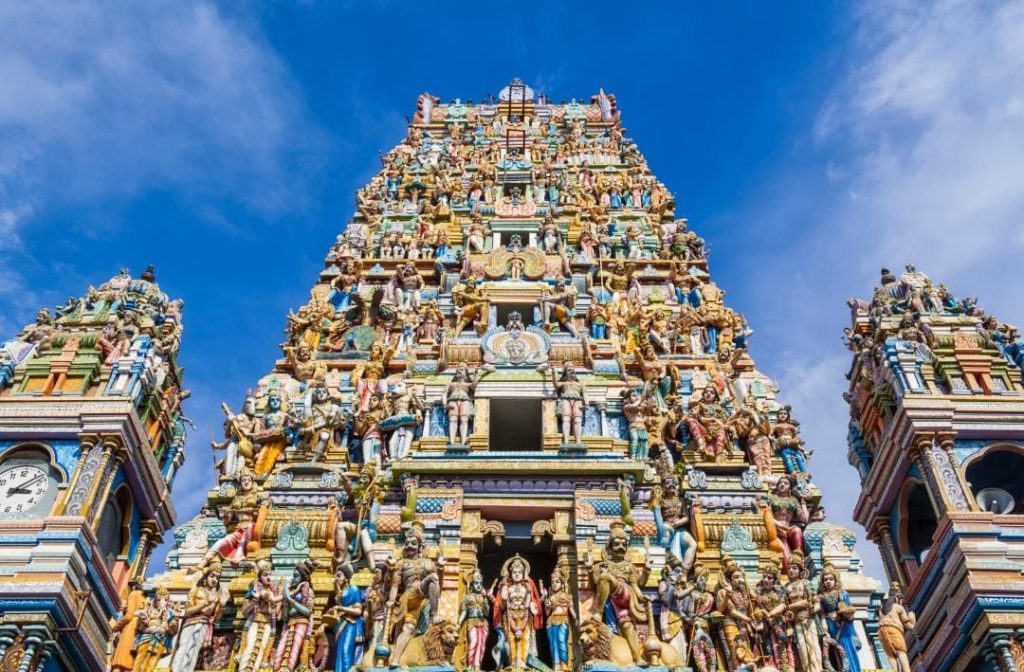
Kodaikanal is situated on the Palani Hills of the Eastern Ghats and offers a serene and peaceful atmosphere. You can relax by the lake at the center of the town, surrounded by lush greenery. You can visit attractions like Bryant Park, pillar rock, Kurinji Andavar Temple, Silver Cascade, and Kukal Cave.
Kodaikanal is also known for its unique flowers, fruits, and chocolates. However, Kodaikanal has fewer tourist spots than Ooty and might offer less variety and adventure. You might also find the travel time and distance to Kodaikanal longer and more inconvenient.
Takeaway
Ultimately, the choice between Ooty and Kodaikanal depends on your taste and preference. If you are looking for a cheaper option with more activities and attractions, you may prefer Ooty. If you want a quieter option with more natural beauty and serenity, you may choose Kodaikanal. Both have charm and appeal that will make your trip memorable.


